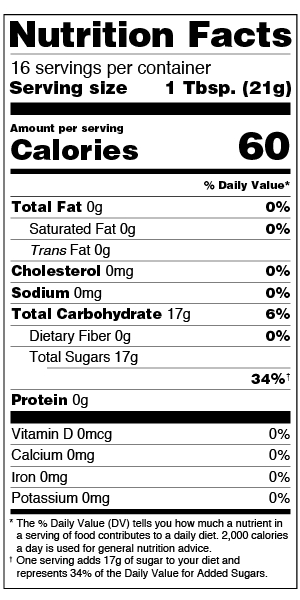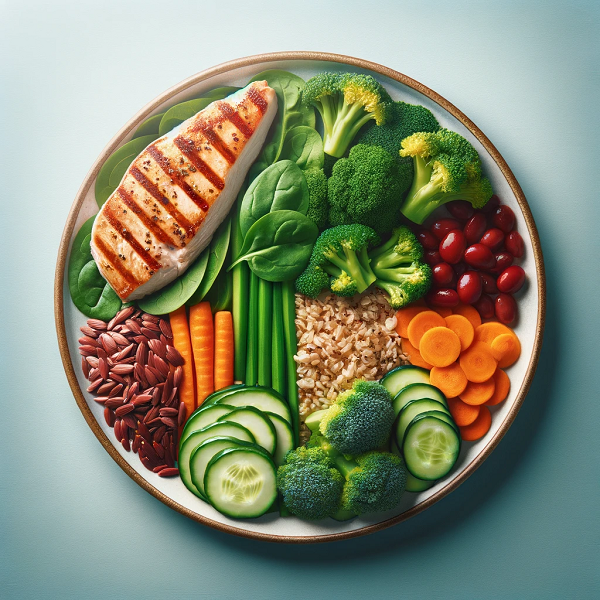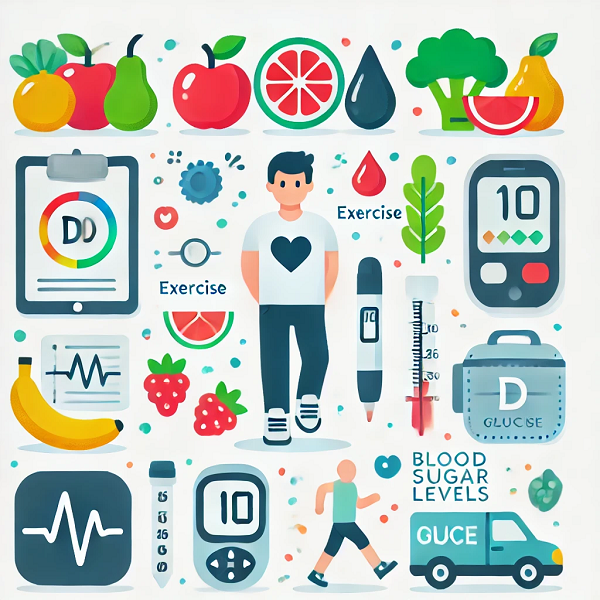Managing diabetes means paying close attention to what you eat. One important skill you need to learn is how to read nutrition labels on food packages. These labels give you important information about what’s inside the food, which can help you make better choices and keep your diabetes under control. In this article, we’ll break down how to read these labels and what to look for to manage your diabetes more effectively.
What is a Nutrition Label?

A nutrition label is a panel found on most packaged foods that tells you about the nutritional content inside. It’s regulated by the government, so you can trust that the information is accurate. Here’s what you’ll usually find on a nutrition label:
- Serving Size
- The serving size is at the top of the label. It tells you the amount of food that counts as one serving. All the other information on the label is based on this serving size, so it’s important to pay attention to it.
- Calories
- Calories tell you how much energy you get from one serving of food. For people with diabetes, it’s important to manage how many calories you eat to help control your blood sugar levels.
- Total Carbohydrates
- Carbohydrates have the biggest effect on your blood sugar levels, so this is a key part of the label to check. The total carbohydrates section includes fiber, sugars, and other types of carbohydrates. Focus on the total number of carbs per serving to help keep your blood sugar stable.
- Dietary Fiber
- Fiber is a type of carbohydrate that your body can’t digest, so it doesn’t raise your blood sugar. Foods high in fiber are good for managing diabetes because they help keep your blood sugar steady and make you feel full.
- Sugars
- This section shows the amount of sugar in the food, including both natural and added sugars. Try to pick foods with less added sugar to avoid spikes in your blood sugar.
- Total Fat, Saturated Fat, and Trans Fat
- Fat is another important thing to watch. Total fat includes all the fat in the food, while saturated fat and trans fat are types of fats that you should limit. Look for foods with healthy fats, like those found in nuts and fish.
- Protein
- Protein is important for your body to build and repair tissues. It also helps keep your blood sugar levels steady. Choose lean protein sources, such as chicken, fish, and beans.
- Sodium
- Sodium, or salt, is something to watch, especially if you have high blood pressure. High sodium can make blood pressure worse, which can lead to more problems for people with diabetes. Try to choose foods with lower sodium levels.
Tips for Reading Nutrition Labels
Here are some easy tips to help you read and understand nutrition labels better:
- Compare Foods
- When you’re shopping, look at the nutrition labels of different products. Choose the one with less sugar, carbs, and unhealthy fats. This will help you control your blood sugar better.
- Watch Out for Hidden Sugars
- Some foods have sugars that aren’t obvious. Check the ingredient list for words like high fructose corn syrup, sucrose, and syrup. These are all forms of added sugar.
- Choose Whole Foods
- Whole foods like fruits, vegetables, and whole grains are usually healthier choices and don’t always need nutrition labels. They are naturally low in unhealthy fats, sugars, and sodium.
- Use the % Daily Value
- The % Daily Value (%DV) tells you how much a nutrient in one serving contributes to your daily diet. Aim for lower %DVs of saturated fat, trans fat, cholesterol, and sodium.
- Be Careful with “Diabetes-Friendly” Labels
- Just because a product says it’s “diabetes-friendly” or “sugar-free” doesn’t mean it’s healthy. Always check the full nutrition label, not just the claims on the front of the package.
Common Mistakes to Avoid
Even when you’re trying your best, it’s easy to make mistakes when reading nutrition labels. Here are some common things to watch out for:
- Ignoring Serving Sizes
- Remember, all the information on the label is for one serving. If you eat more than one serving, you’re getting more calories, carbs, and fats than the label shows.
- Skipping the Ingredient List
- The ingredient list is important too. The first few ingredients make up most of the product, so if sugar or unhealthy fats are at the top, it’s better to avoid that food.
- Misunderstanding “Sugar-Free” or “Low-Carb” Labels
- These labels can be misleading. “Sugar-free” foods can still have carbs, and “low-carb” doesn’t always mean low calories or fat. Always check the full label.
Reading and understanding nutrition labels is a key skill for managing diabetes. By knowing what to look for on the label, you can make healthier choices that will help keep your blood sugar in check. Consistently choosing better foods will make a big difference in how well you manage your diabetes.
References
- American Diabetes Association: Understanding Food Labels
- Mayo Clinic: Diabetes Diet: Create Your Healthy-Eating Plan
- FDA: How to Understand and Use the Nutrition Facts Label
Related Articles:
#diabetesmanagement #healthyeating #nutritionlabels #bloodsugarcontrol #diabetesawareness #healthylifestyle #carbohydratecounting #fiberforhealth #sugarlimit #diabetesdiet







